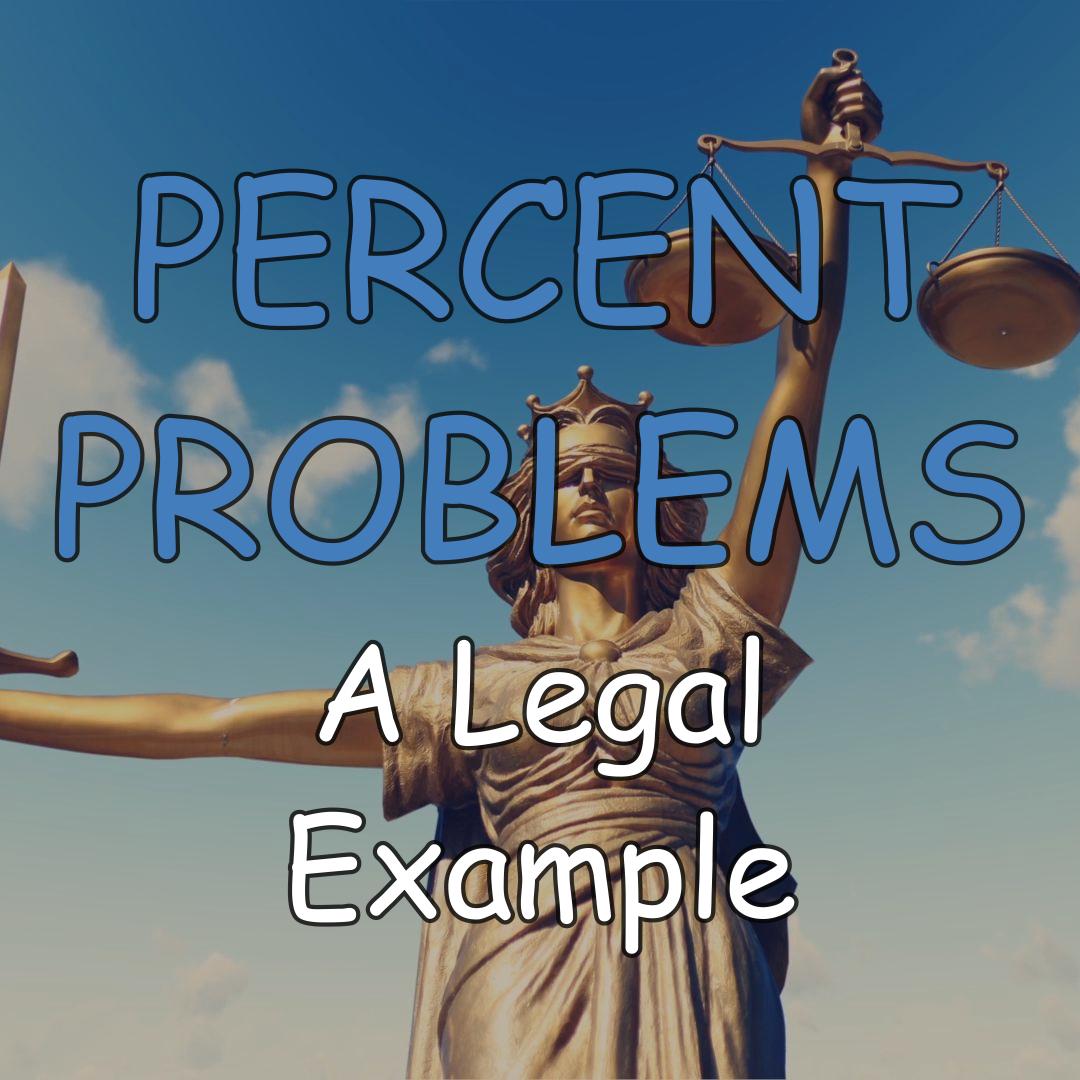How solving percent problems relate to legal cases?
Introduction:
In a world where technology is changing how we live, one promising area is autonomous vehicles—cars that can drive themselves, delivery vehicles that know where to go, and drones that know where to fly. These changes are exciting, but we also need to think about rules, especially in the legal world. How reliable is a self-driving car? Whose fault is it if a driverless car causes a crash? How do lawyers discuss accidents involving self-driving cars? Mathematics, and more precisely — solving percent problems — help answer these questions. Let’s take a look at a specific example.
Example:
To answer whether an autonomous car is reliable, we compare it to a familiar benchmark: a human driver. But how do we determine who is more reliable?
Let’s break it down. In a city, human drivers make constant decisions—speeding up, using blinkers, hitting the brake pedal, reacting to unexpected events, and more. In just one hour of driving, a human makes over 1,000 decisions! Similarly, autonomous vehicles must make comparable decisions.
However, both humans and self-driving cars can make errors, like unnecessarily sudden braking or missing a stop sign. Here’s where we turn this into a percent problem and measure and compare results. Imagine an autonomous vehicle making 10,000 decisions daily, resulting in 20 failures. The failure rate in this case is:
\[20 \div 10{,}000 \times 100\% = 0.2\%\]
We can then compare this rate to the failure rate of human drivers or other autonomous systems on similar roads. If the rate is lower than the benchmark, the vehicle is considered trustworthy. This kind of analysis is crucial in legal debates.
Conclusion:
You’ve just witnessed how calculating percentages is helpful in legal cases. The knowledge of solving percent problems is crucial in many professions, including engineering, finance, law, medicine, and more. Understanding percent problems becomes particularly useful when evaluating the performance of technology, like assessing the reliability of a self-driving car, or when comparing it with similar technologies.
References:
To create this article, we referred to several sources:
- Intel Wants to Use Math to Prove Self-Driving Cars Are Safe
- Who’s liable in a ‘self-driving’ car crash?
- Self-driving car liability
Keep in mind that the issue of liability in accidents involving self-driving cars is a relatively new area of discussion. As of now, 2024 is expected to bring new developments in this field. If you find this topic intriguing, stay tuned for updates and more insights.
Video version:
If you want to follow this use case with the help of engaging and animated video, have more examples and more information about how math is used in real world settings – we have this possibility. Enjoy the preview of the video below or subscribe to get access to all our full videos!
Further reading:
We’ve also covered how solving percent problems is useful in real-life scenarios in our other articles:
- Percent Problems: A Real-Life Example (from Business)
